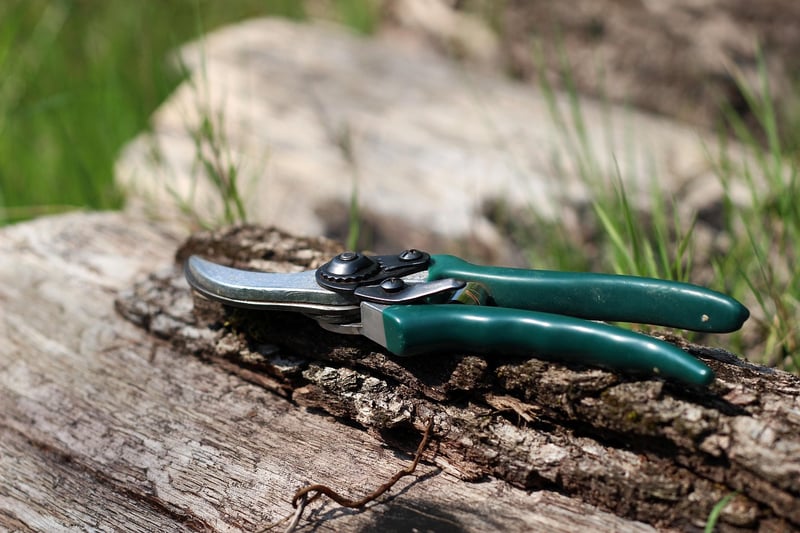Pruning Techniques
Ensuring Plant Health & Growth + Pruning Techniques
The Importance of Plant Health and Growth
Plants play a vital role in our ecosystem, providing oxygen, food, and beauty. To ensure optimal plant health and growth, it is essential to provide proper care and maintenance.
Tips for Ensuring Plant Health and Growth
- Provide adequate sunlight: Most plants require sunlight to photosynthesize and grow. Ensure your plants are placed in locations with sufficient sunlight.
- Water consistently: Different plants have varying water requirements. It is essential to water your plants regularly but avoid overwatering, which can lead to root rot.
- Use quality soil: Good soil provides essential nutrients for plant growth. Consider using nutrient-rich potting mix or fertilizers to support healthy plant development.
- Monitor for pests and diseases: Regularly check your plants for any signs of pests or diseases. Early detection can prevent further damage to your plants.
- Prune when necessary: Pruning helps promote healthy growth, remove dead or diseased branches, and shape the plant for better aesthetics.
Pruning Techniques for Plant Care
Pruning is a crucial aspect of plant care that helps maintain plant health and shape. Here are some common pruning techniques:
1. Deadheading
Removing dead flowers encourages new growth and prolongs the blooming period of flowering plants.
2. Thinning
Thinning involves removing excess branches to improve air circulation and light penetration, promoting overall plant health.
3. Heading Back
Heading back involves cutting back a portion of a branch to promote new growth and maintain the plant's shape and size.
4. Pinching
Pinching helps encourage bushier growth by removing the tips of new growth, redirecting the plant's energy to lower branches.
Conclusion
By following these tips for ensuring plant health and growth, along with employing proper pruning techniques, you can help your plants thrive and beautify your living space.


